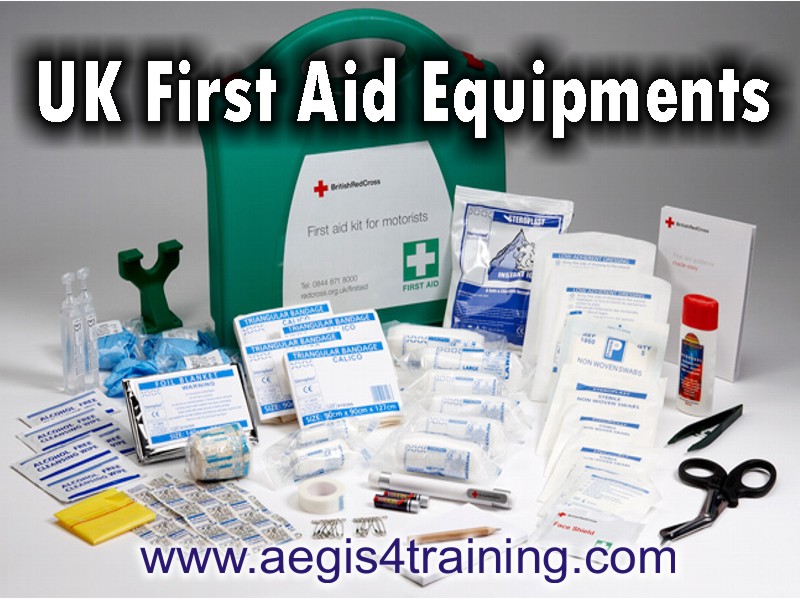
the responsibility for the maintenance of the general fire precautions for their immediate working
environment on behalf of the responsible person and in assisting with clearance of the premises
in the event of an evacuation.
The purpose of our course is to make sure that the delegates not only understand their role but
more importantly fully understand the potential dangers that exist in the workplace.
Fire prevention is only acquired when consistent maintenance of the working place is carried out
on a day to day basis and Fire Safety is only achieved when the Evacuation Procedures are
inducted to new members of staff, retrained to existing members of staff, and confirmed as
working by the use of fire drills.
The numbers of Fire Marshals within an establishment is based on geographical area not on how
many people are working there. For example it should take a Fire Marshal no longer than 1
minute from when the fire alarm sounds to make sure that their area of responsibility has been
checked and cleared and they themselves are either on a protected staircase or outside a final Fire
Exit.
Each area should have a Fire Marshal and a deputy to ensure there is always cover for holidays
and sickness.
The law mandates that the appointed person appoints sufficient competent persons to assist with
the provision of general fire precautions for the workplace and to ensure that they are and remain
suitably trained. The Fire Authorities recommend repeating the Fire Marshal Course depending
on the circumstances from every year to every three years.
The general guidelines are: Annual training is required for hospitals, residential care and work
places with general public or high turnover of staff. Every two years training is required for
educational premises, factories etc. and every three years training is required for general office
environment with very little change in staffing levels.
The areas that will be covered in this course are:
ï‚· Overview of fire risk assessment process
ï‚· Theory of fire
ï‚· Good housekeeping
ï‚· Maintaining a means of escape
ï‚· The common causes of and the prevention of fire
ï‚· Fire spread and compartmentalisation
ï‚· Maintaining a means of detecting fire and of raising the alarm
ï‚· The inspection and use of extinguishers
ï‚· The actions to be carried upon discovery of fire
ï‚· The actions to be carried upon hearing the alarm
ï‚· The evacuation process including provision for those needing assistance
ï‚· Live fire demonstration, including delegate participation (subject to suitable area,
company policy, and trainer’s assessment)

 Home first aid kits and equipments are usually used for treating these types of minor traumatic injuries:
Home first aid kits and equipments are usually used for treating these types of minor traumatic injuries: 






